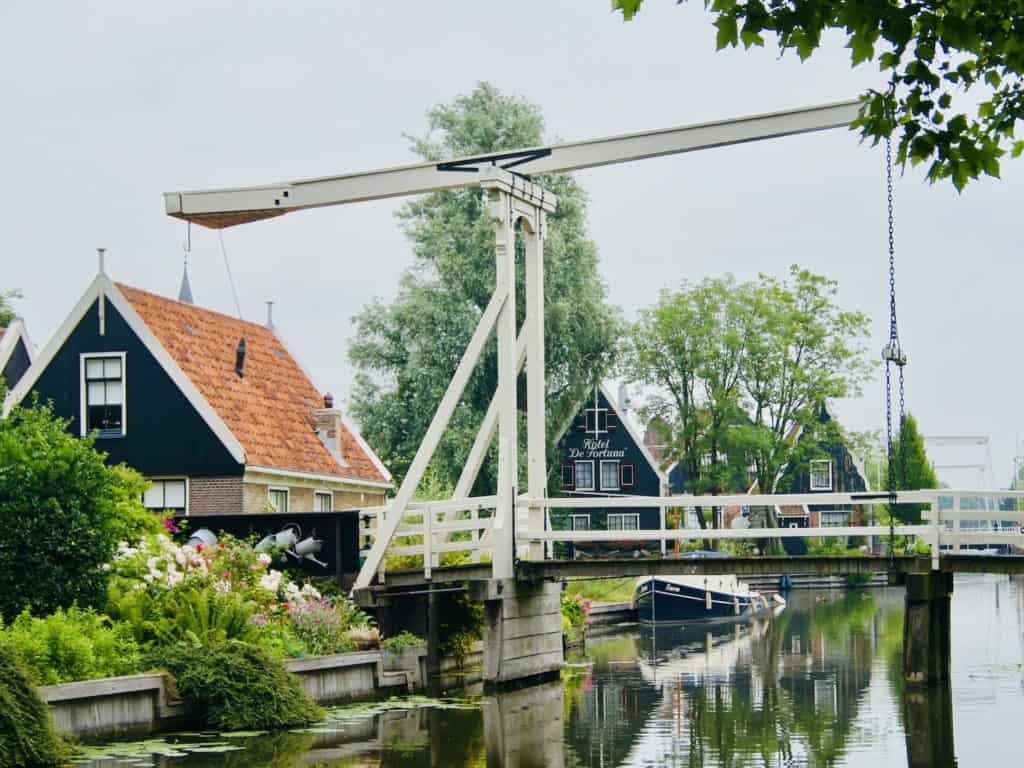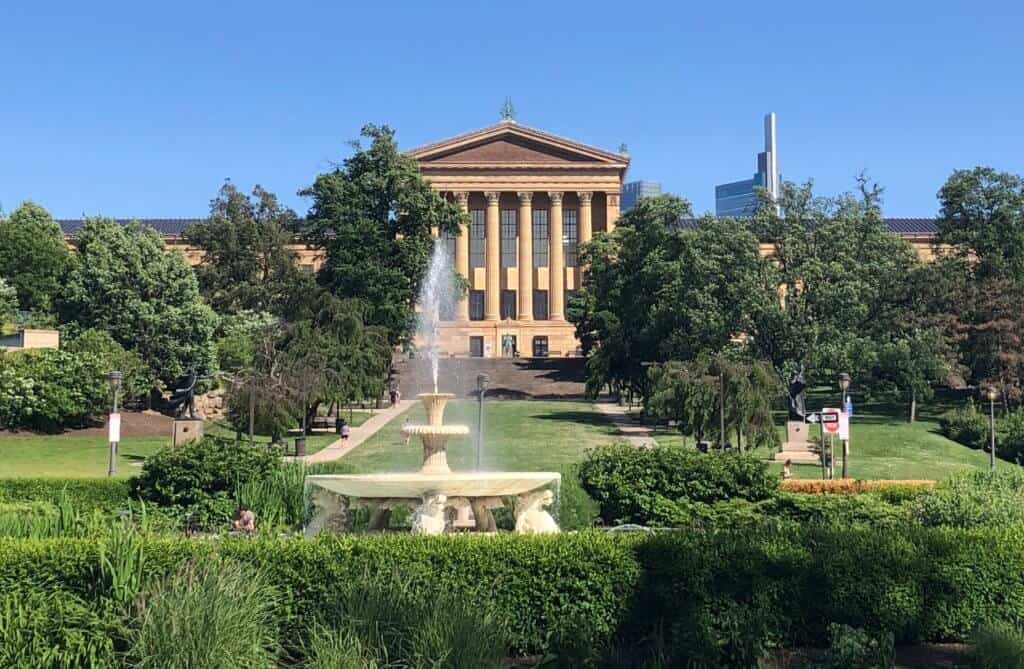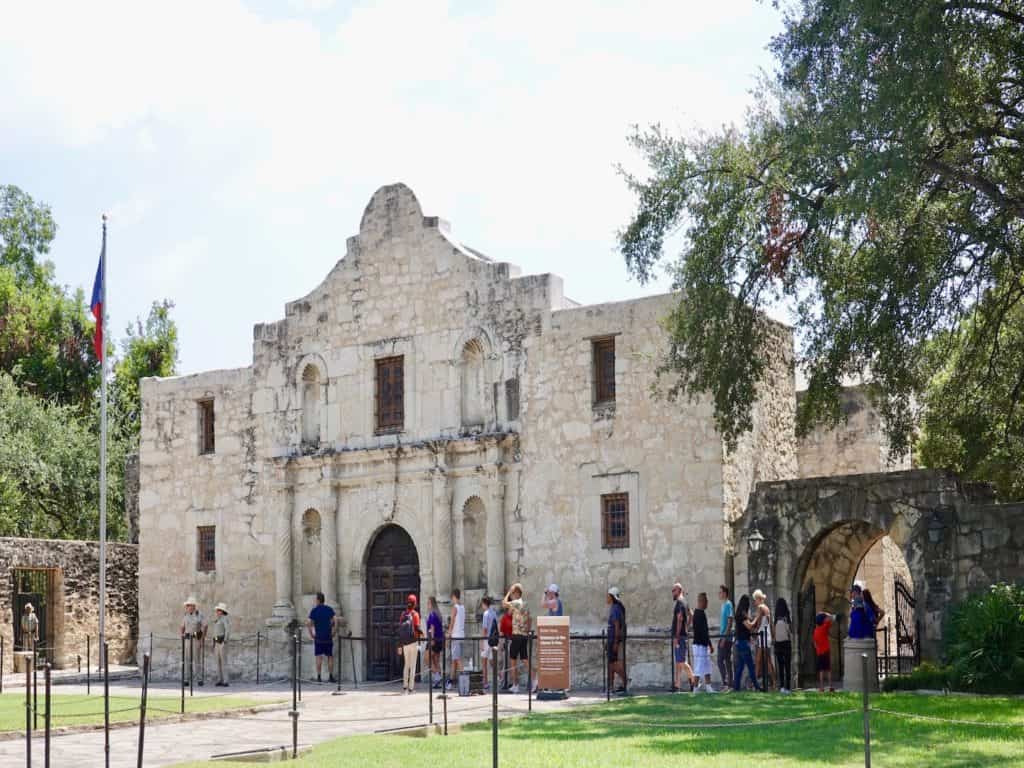Valley Forge played an important role during the American Revolutionary War and is now a popular spot for visitors interested in learning more about that historical era — and for those who simply want to enjoy its beautiful grounds for walks, hikes, bike rides, and birdwatching. It is 25 miles from Philadelphia, 50 miles from the Lehigh Valley, and 90 miles from Harrisburg.
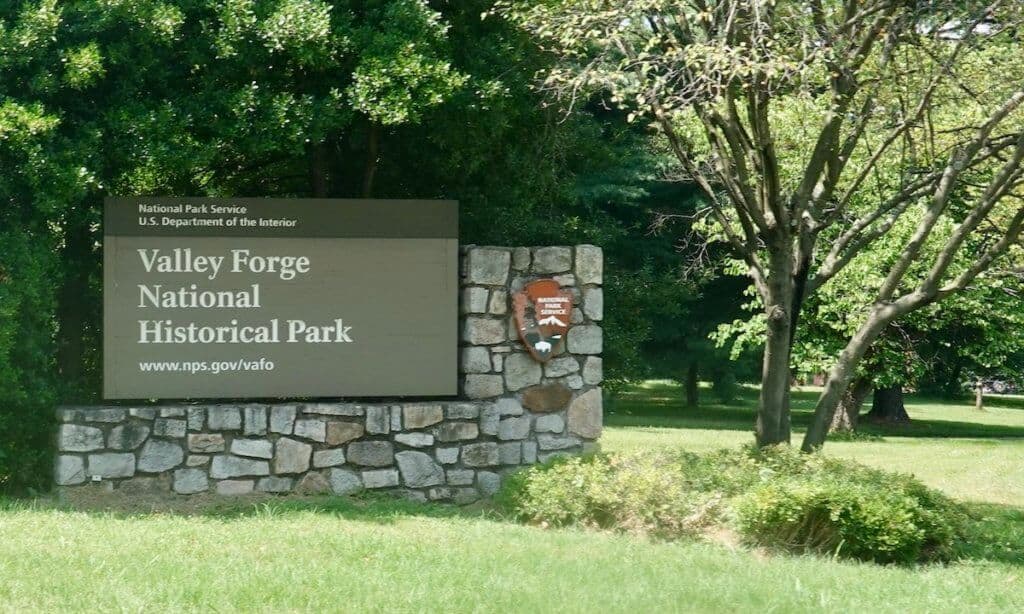
Why Visit Valley Forge?
Today, Valley Forge is a great recreation spot and a place to reflect on history while viewing monuments and structures (including some re-creations) from that era. The park offers plenty of walking, hiking, and biking opportunities. Some trails link visitors to the historical sites within the central part of the park, and others are great hiking choices up Mount Joy and Mount Misery. Plus, other trails are still on the park’s north side along the Schuylkill River. (Use the trail guide with the link below to find the best trail for you.)
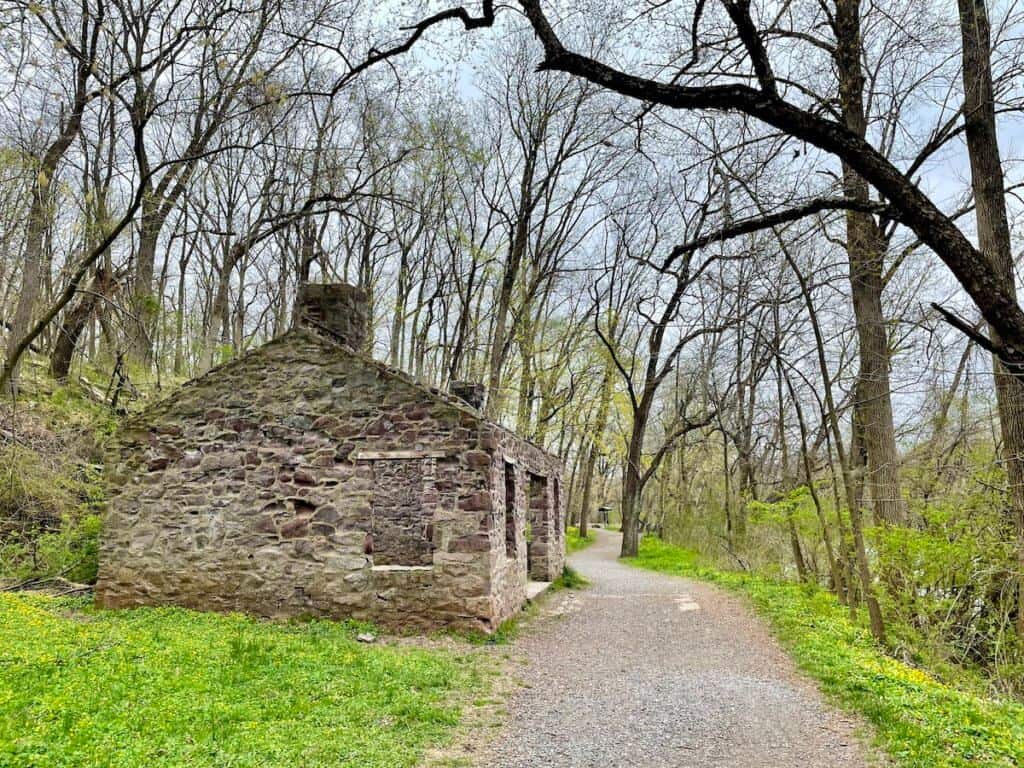
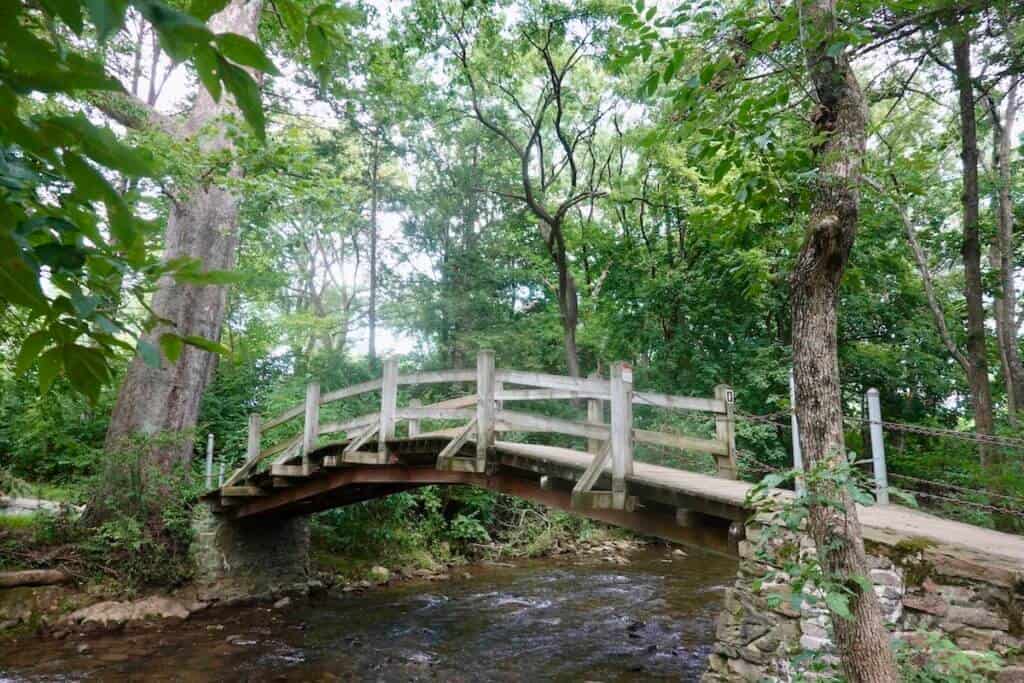
To extend your journey into the past, consider a self-guided walking tour of Philadelphia, a trip to Washington Crossing Historic Park (which has great tours of historical buildings), and a visit to the Museum of the American Revolution in Philadelphia.
What Happened at Valley Forge?
About two and a half centuries ago, Valley Forge was a critical location for the young Continental Army commanded by General George Washington. Many mistakenly think this was a site that saw battles. It did not. Instead, this was the location of the Continental Army’s winter encampment from December 19, 1777, to June 19, 1778. During that time, about 12,000 soldiers from all the colonies were trained into a unified fighting force that would ultimately go on to victory after the encampment ended. (There’s more historical context below.)
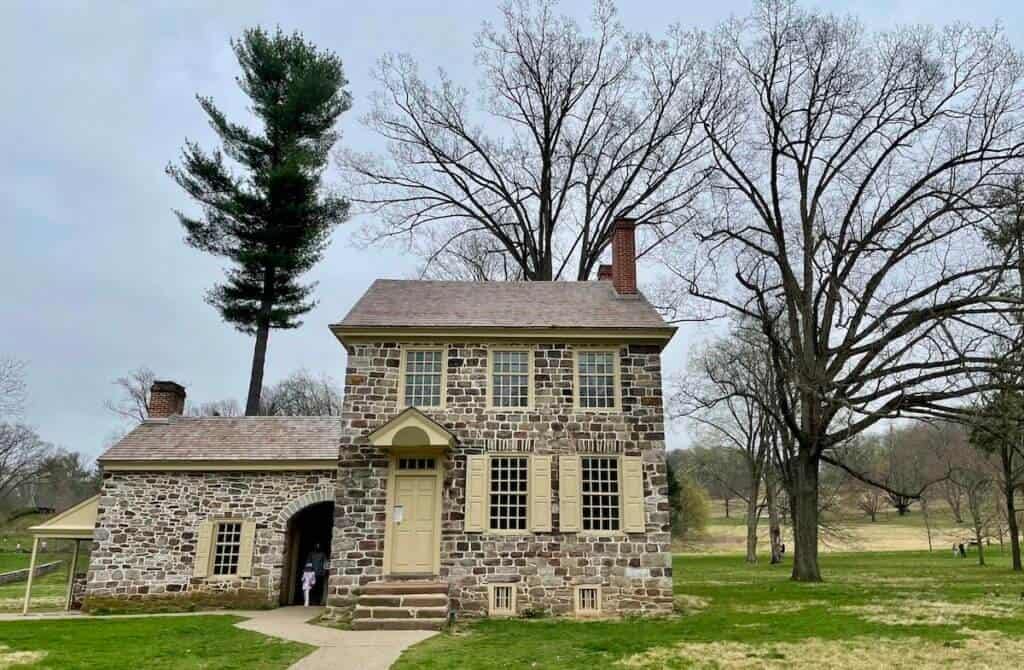
Admission
- FREE 😃
- Your leashed dog is welcome to join you. 🐶 (Dogs are not allowed on the Grand Parade trail from April through August.)
Accessibility
Check online for the park’s accessibility information.
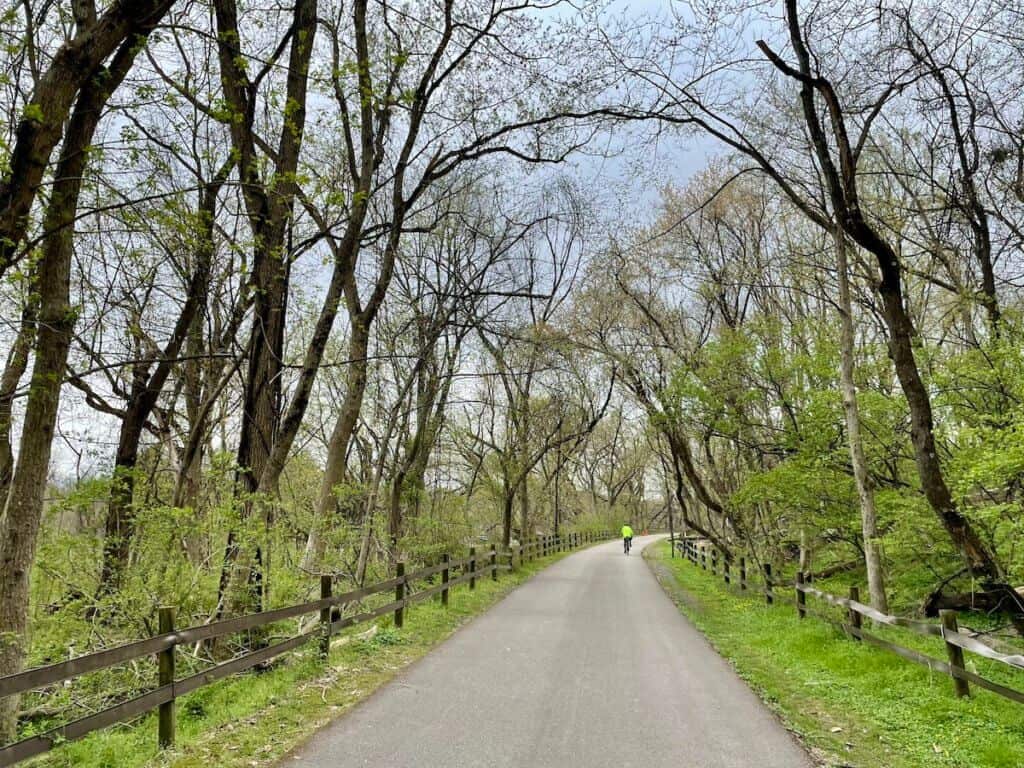
What You’ll Find at Valley forge
- Plenty of trails for walking, hiking, bicycling, and horseback riding. Use the trail guide to learn about trail terrain and distances. Also, there’s a 5-mile paved trail around the park with markers indicating what happened during the encampment at various spots. This is the inner loop of the longer Joseph Plumb Martin trail; expect some slight hills and plenty of sun on the trail. For some hiking and great views, head to the Mount Joy or Mount Misery trails.
- Many species of birds. Plenty of birds call Valley Forge home, even if temporarily. Use the guide to identify birds you can expect to see each season.
- General George Washington’s headquarters, a house he rented during the encampment, still stands. He shared it with two dozen others, including aides and slaves. Martha traveled here in February 1777 to run the household.
- Log cabins where Washington’s elite security force, “life guards,” lived — not far from the commander’s headquarters. These men protected Washington, his family, his supplies, and his papers. There are other log cabins and redoubts used by the Continental Army throughout the park.
- Monuments! There are dozens of them throughout the park. Use this guide to the monuments to identify the placement of each. One of the most prominent is Washington’s Arch commemorating Washington, his generals, and his troops.
- An audio tour to play while driving through the park. Purchase the CD onsite or stream the audio — either way, you’ll gain a much better understanding of the historical significance of different parts of the park.
- The park’s cell phone guide will help you learn about the places and people at Valley Forge, like Henry Knox, General Von Steuben, and women during the American Revolution.
- The Encampment Store, a gift shop.
- Trolley tour of the park. Check online for hours of operation.
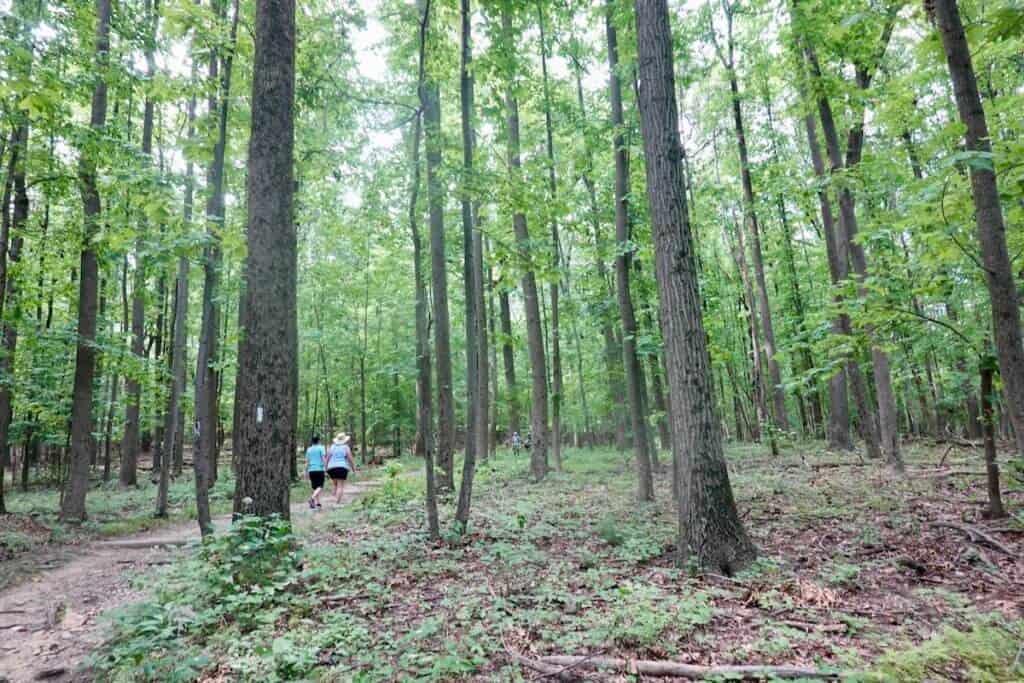
Location
Valley Forge National Historical Park, 1400 N Outer Line Dr, King of Prussia, PA
Park Map
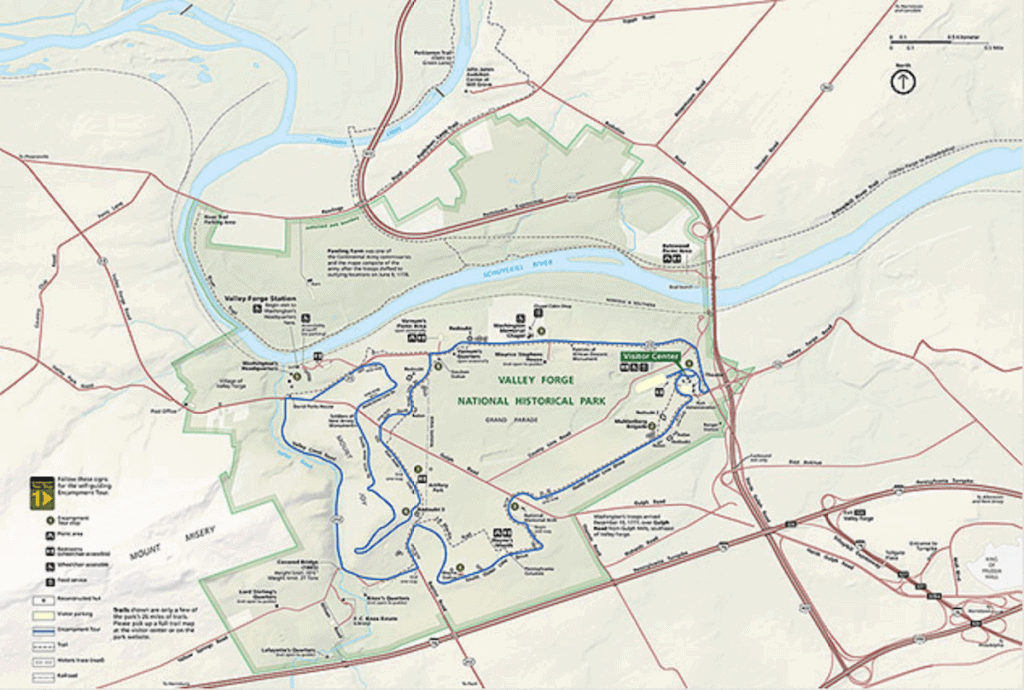
Tips for Your Visit
- The park is open from 7:00 am until 30 minutes after sunset.
- Arrive early on the weekends to beat the crowds. Fewer people make your time there more enjoyable.
- Check online for the park’s current hours of operation — such as when tours are available for Washington’s headquarters.
- Check out the park’s current conditions to learn of any closures of areas or roads.
- Wear comfortable walking shoes.
- Bring plenty of water (plus maybe snacks and/or a picnic). There are no concession stands along the trails.
- There are picnic tables near Betzwood Picnic Area, Varnum’s Picnic Area, and Wayne’s Woods Picnic Area.
- If you need a restroom, there are some at the visitor center parking lot, Betzwood parking lot, Wayne’s Woods parking lot, and Wilson Road parking lot.
- Carry in, carry out. Plan to take your trash home with you.
- Consider using hiking poles (if you have them) if you plan to hike Mount Joy or Mount Misery.
- Using the All Trails (free) app can help when choosing a trail and while hiking to see where you are relative to your parked car or other trails.
Brief History of Valley Forge
Prior to the historical military encampment here in 1777, the grounds were mostly farmland owned by various landowners. Near Valley Creek was a small industrial area with an ironworks, a sawmill, a grist mill, and a store.
Marching into Valley Forge
General George Washington marched 12,000 troops (free and enslaved men from all the colonies) and 400 women and children (who traveled with their husbands and fathers) to this site after the British began their occupation of Philadelphia in 1777.
The troops hailed from every colony with diverse backgrounds, occupations, socioeconomic levels, religions, and ethnicities.
The encampment occurred during the third year of the over eight-year American Revolutionary War.
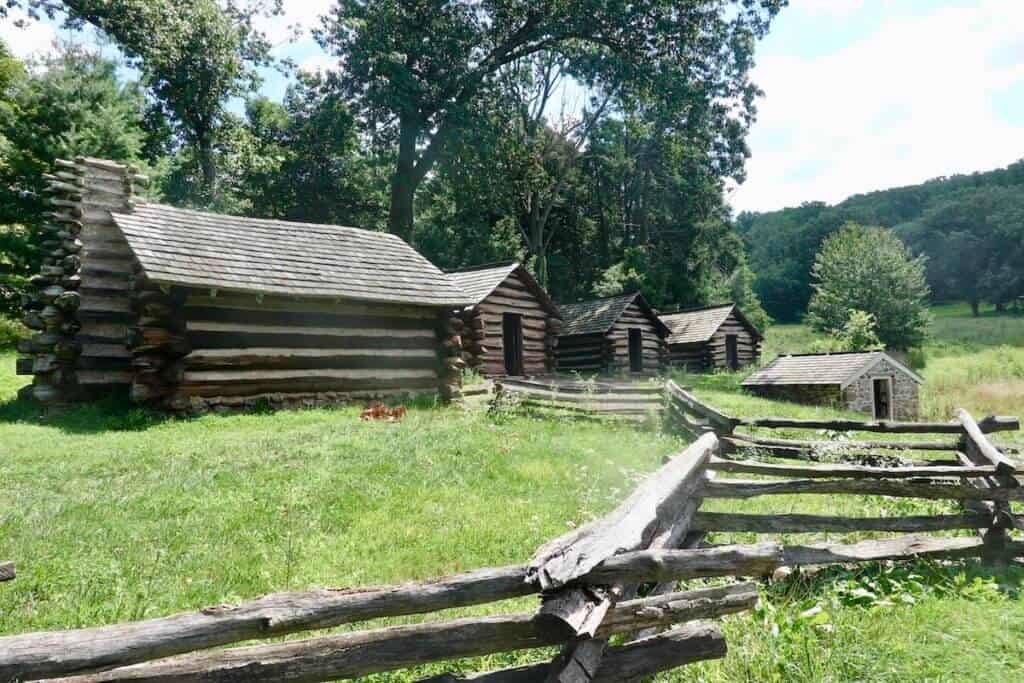
The Perfect Location
The location was ideal for the Continental Army after they had been driven out of Philadelphia by the British (who captured the city) because:
- there is elevated terrain from which to guard against enemy attacks;
- there is plenty of open space for training soldiers;
- Valley Forge was close enough (a day’s march away) to keep an eye on what was happening with the British in Philadelphia; and
- the Schuylkill River, running along the northern portion of the property, provided a means of transporting supplies and equipment to and from Valley Forge.
Once they arrived, the troops were required to build huts, dig trenches, earthen forts called redoubts, and a bridge spanning the river. Life was difficult for those at Valley Forge because of food shortages and supply issues. (Today, you’ll see re-creations of the huts and redoubts.)
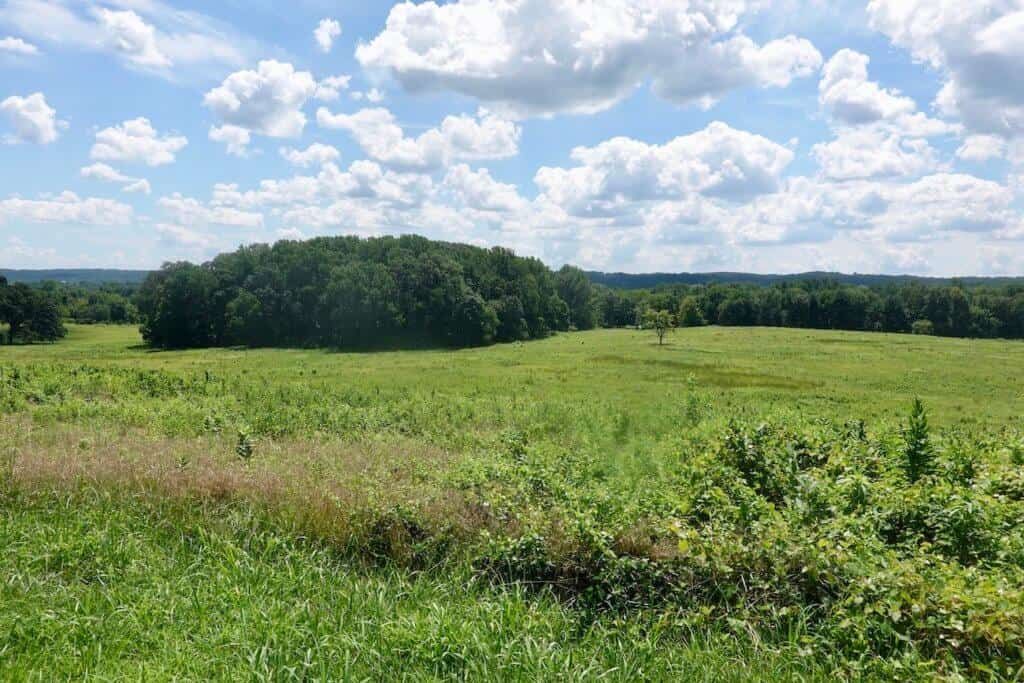
Unifying Separate Entities
One significant benefit of the encampment was the intensive training and discipline that turned the troops into a unified fighting force. Much of the credit for developing a capable military force goes to Prussian Baron von Steuben, who volunteered to help the American cause and taught the troops new fighting skills, synchronized battle lines, standardized marching, and other troop movements.
The Valley Forge encampment provided the foundation for a professional military force for America. The Continental Army ended their Valley Forge encampment and went on to defeat the British at the Battle of Monmouth (NJ) in July 1778.
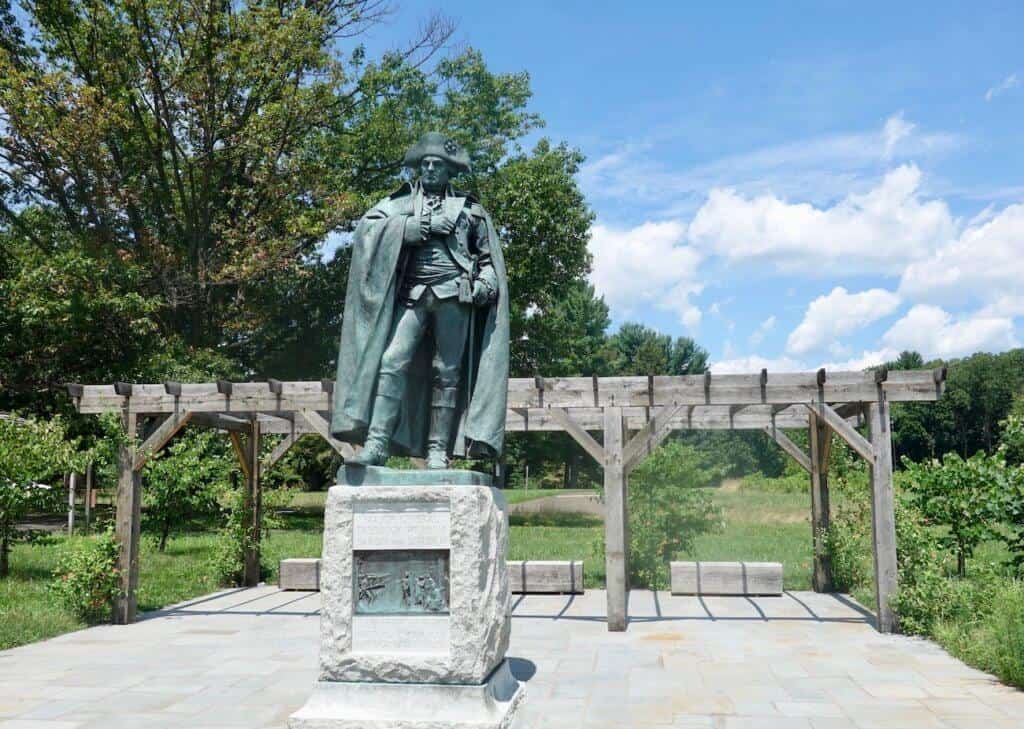
Nearby Attractions
Consider these other attractions in Pennsylvania:
- Bushkill Falls, Poconos
- Colonial PA Plantation, outside Philadelphia
- Covered Bridge Tour of Bucks County
- Covered Bridge Tour of the Lehigh Valley
- Gettysburg Visitor Guide
- Hawk Mountain Sanctuary, Lehigh Valley
- Hickory Run State Park, Poconos
- Housenick Park, Lehigh Valley
- Jacobsburg State Park, Poconos
- John Heinz National Wildlife Refuge, outside Philadelphia
- Museum of the American Revolution, Philadelphia
- National Museum of Industrial History, Lehigh Valley
- Philadelphia: Fairmount Park’s Unique Colonial Mansion & Their Stories
- Philadelphia Self-Guided Walking Tour
- Best Things to Do in Philadelphia
- Pittsburgh and Southwestern Pennsylvania Guide
- Promised Land State Park, Poconos
- Ricketts Glen State Park, Poconos
- Ridley Creek State Park, outside Philadelphia
- Tyler State Park, Bucks Country
- Washington Crossing Historic Park, Bucks County
Final Thoughts
My husband and I have visited Valley Forge several times over the years. It’s an expansive property that encompasses more than 5 square miles. That means there’s plenty to explore: the re-creations of huts used by soldiers, the house where General Washington lived for 6 months with his top advisors, plus the many memorials to people who played prominent roles here in the 18th century. It also has big open spaces to explore on foot, bike, or horseback. You can visit the park repeatedly and still have new options for exploring. It’s that big — and interesting.
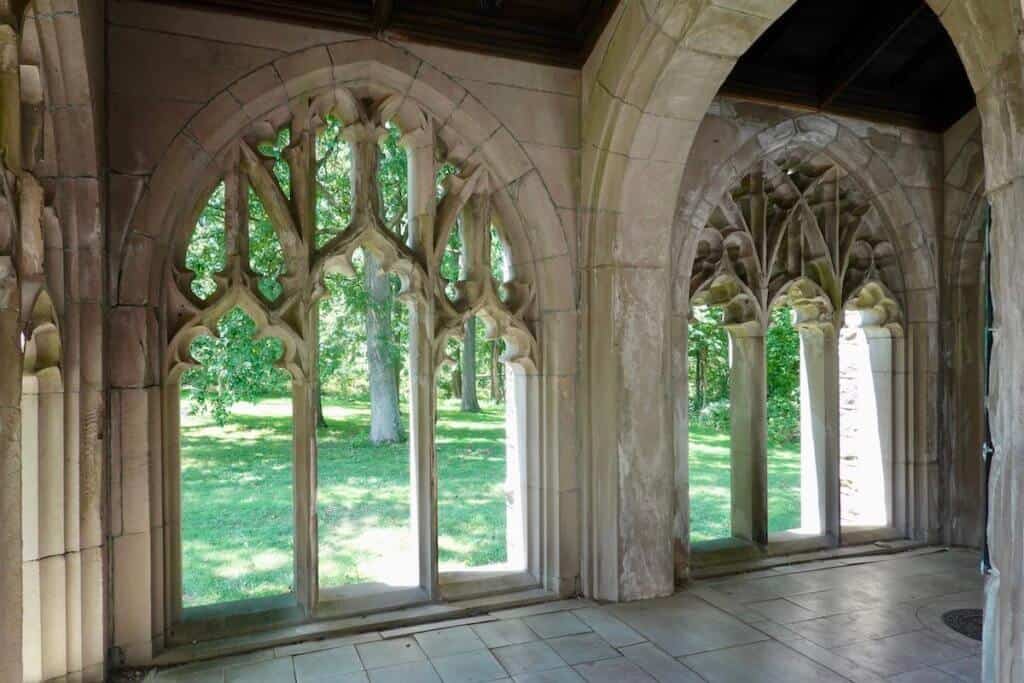
Comments?
Please share your experiences and/or suggestions for fun outdoor spaces in eastern PA. Your ideas could be helpful to other travelers. Thanks! 🙂

